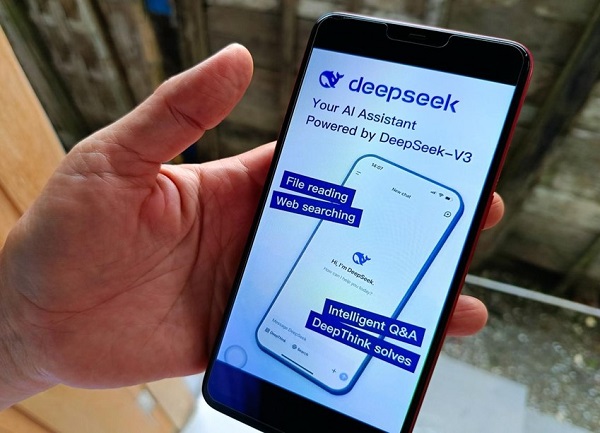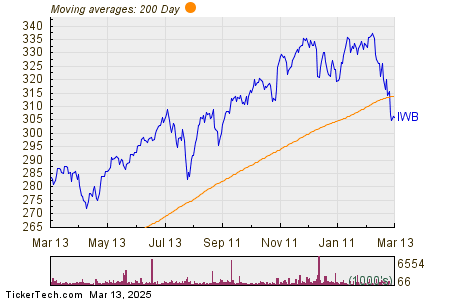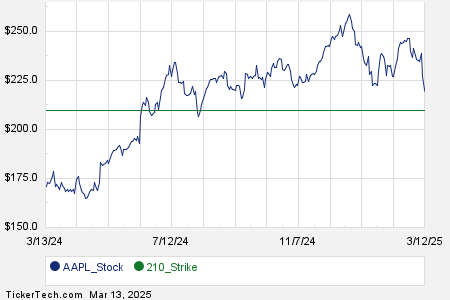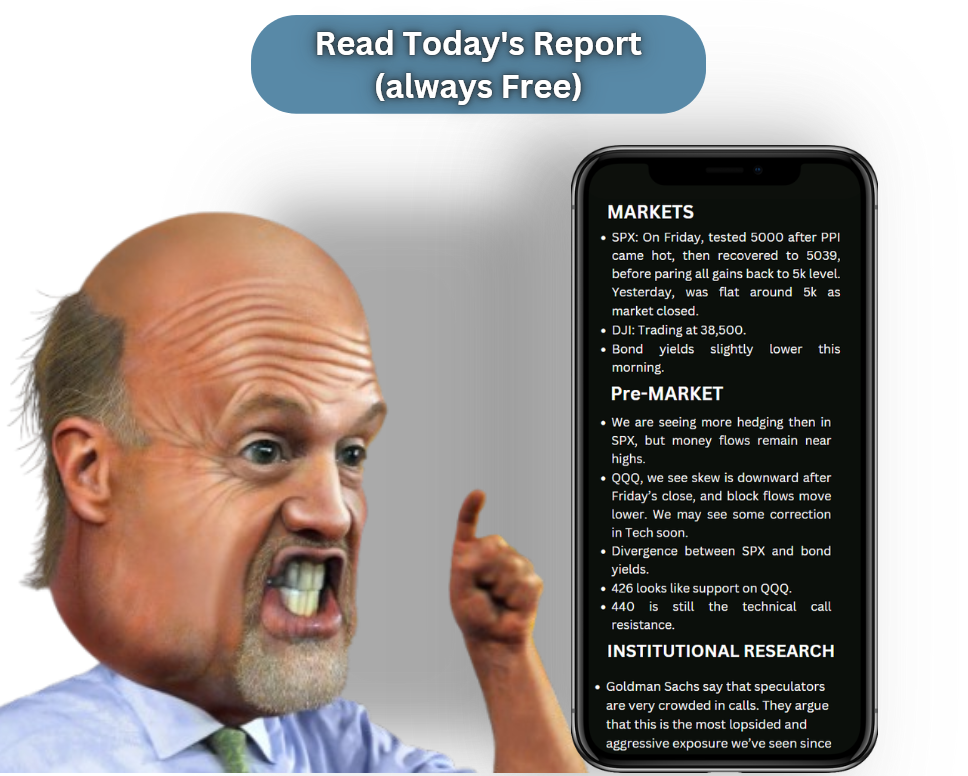DeepSeek’s Disruption: Risks for Dividend Investors
Many of you have inquired about DeepSeek’s latest release and its implications for our investment income strategies. Let’s examine the recent shakeup in artificial intelligence (AI) and its impact on dividends, which may not be fully recognized by mainstream investors.
(And don’t worry, we’ll address tariff questions in the coming weeks!)
Understanding QYLD’s Safety Amid AI Risks
Let’s focus on the Nasdaq 100 Covered Call ETF (QYLD), which currently offers a yield of 12.2%. Is this hefty dividend still secure? Many income seekers frequently ask if they can:
- Buy QYLD.
- Collect its monthly dividend.
- Set it and forget it.
Unfortunately, the answer is not now. Think of QYLD as a breakfast beer: enjoyable at times, but not something to rely on every day.
The Mechanics of QYLD’s Strategy
QYLD follows a straightforward strategy. It invests in stocks within the Nasdaq 100 and writes covered calls on the index. This approach allows it to generate income but also means sacrificing some growth potential in exchange for the option premiums it collects. This results in its attractive 12.2% yield.
However, writing options does not ensure a protective floor for the fund’s price. There is a right time to invest in QYLD. Since our last discussion, it has yielded a notable 26.7% over just 15 months. If you missed that opportunity, now is not the time to pursue it, especially given recent DeepSeek news affecting some of the fund’s larger holdings.
DeepSeek’s Impact on the Nasdaq
Last week, the AI chatbot DeepSeek negatively impacted the Nasdaq. Shares of Nvidia (NVDA) plummeted 16%, which raised concerns for investors. The issue for Nvidia arose when Chinese engineers developed a more efficient AI model that requires less processing power, showcasing a simpler way to produce results.
Though DeepSeek utilized NVDA chips, reports suggest it operated on less advanced processors for model training. Even speculatively, if DeepSeek acquired NVDA chips through questionable means to bypass export rules, the key point is that sophisticated technology isn’t a necessity for effective AI. Their engineers proved that AI can be achieved with fewer resources—and they open-sourced their code to highlight this achievement!
Winners and Losers in the AI Landscape
This development is ultimately positive for AI adoption. We should see increased applications sooner than expected. However, out of the prominent players in this space, certain US companies are now reeling from the changes.
Have our dividend portfolios suffered? Not at all. We wisely avoided NVDA, which lost $600 billion as investors feared that more efficient AI could diminish the need for its latest chips. After the downturn, NVDA shares still trade at a high 26 times their sales, while Meta Platforms (META), Alphabet (GOOG), and Apple (AAPL) are valued at 11 times, 7 times, and 9 times sales, respectively.
Examining QYLD’s Holdings
However, NVDA’s low 0.03% dividend yield hasn’t stopped sellers, which poses a risk for QYLD due to its 7.7% NVDA stake. Many QYLD investors may not realize how vulnerable the fund is, fixating on the attractive 12.2% dividend while overlooking the risks.
Additionally, QYLD maintains a 7.8% position in Microsoft (MSFT), which also fell 6.5% due to the fallout from DeepSeek’s advancements. MSFT controls 49% of OpenAI, which had been a dominant player in the US AI market until recently.
Ironically, speculation surrounds DeepSeek possibly leveraging data from OpenAI’s ChatGPT to train its chatbot. Notably, when queried, DeepSeek identified itself as ChatGPT. Such a leap is particularly concerning for Microsoft, which runs ChatGPT on its Azure servers.
The Burden on QYLD
With DeepSeek outperforming ChatGPT, both NVDA and MSFT’s positions represent 15.5% of QYLD’s holdings. Investors should exercise caution.
We also need to consider Apple. AAPL lacks a substantial AI strategy and is facing declining sales, only increasing by 2.5% over the past three years. Without buybacks, AAPL’s earnings wouldn’t show any growth. As QYLD’s largest holding at 9.1%, it adds to the compounded risk against NVDA and MSFT.
Moreover, SPDR S&P 500 ETF (SPY) is not a reliable safeguard, as I often refer to it informally as “America’s ticker.” It consists of 19% exposure to the trio of mentioned stocks. Historically, SPY has thrived, yet we are entering what may be termed a “Trump 2.0” stock market with clearly defined winners and losers; tariffs will impact different sectors in varying ways.
Investors Need a New Strategy
It’s increasingly clear: investing in everything no longer holds up. Time to reconsider SPY.
Likewise, we should steer clear of QYLD’s sibling, Global X S&P 500 Covered Call ETF (XYLD). While it offers a 10.6% yield through similar strategies, it also holds 20.8% of NVDA, MSFT, and AAPL stocks—a major risk.
A better option exists with an 11% dividend that poses no risk from this troubled tech trio. Find out more about this promising investment before its next distribution, which is just days away.
Also see:
- Warren Buffett Dividend Stocks
- Dividend Growth Stocks: 25 Aristocrats
- Future Dividend Aristocrats: Close Contenders
The views and opinions expressed herein are the views and opinions of the author and do not necessarily reflect those of Nasdaq, Inc.




